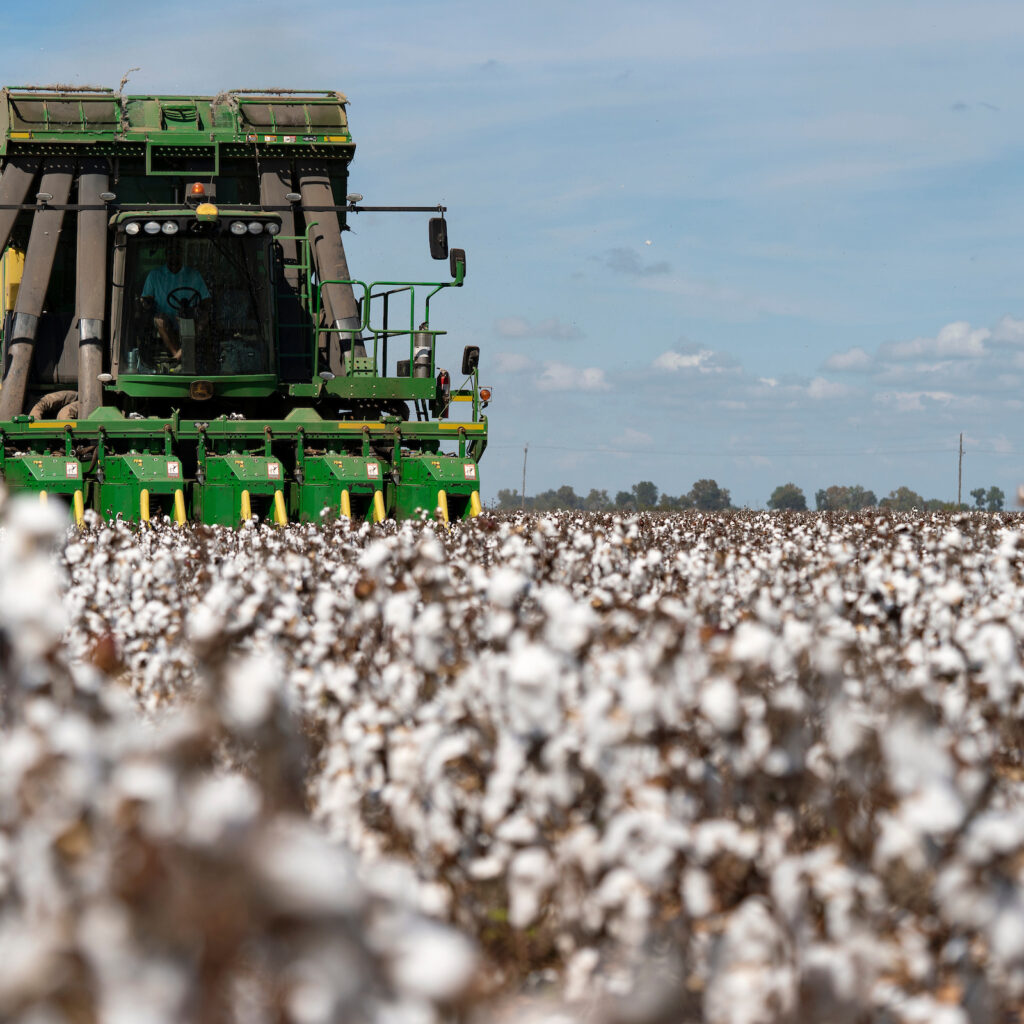Plants & Crops
Texas A&M AgriLife Extension Service offers a wide variety of programs, brochures, field days and one-pagers to help Texans with agricultural crop production, whether that is a food crop or specialty crop. Experts can be located across the state to advise on plant needs and best management practices.
Related Departments: Soil and Crop Sciences, Horticultural Sciences, Agricultural Economics, Entomology

Soil, Water, and Forage Testing Lab

Learn About
Plants & Crops
Publications
Programs
Courses
All Resources on Plants & Crops
- Publication
Created by teachers, this multifaceted garden, nutrition, and physical activities curriculum is evidence-based and academically rich.
- Publication
Spanish Version. Created by teachers, this multifaceted garden, nutrition, and physical activities curriculum is evidence-based and academically rich.
- Publication
Passage of the Integrated Pest Management School Program amendment mandated that pest control in public school facilities be addressed.
- Publication
This 4-week curriculum equips early childhood teachers with daily engaging lessons, group activities, and journal prompts to enrich your classroom while making learning fun!
- Course
Do you know how to apply IPM principles to your school garden as required by Texas state law? After this course, learners will know how IPM principles apply to school gardens, differentiate between harmful and beneficial insects, and more. District School IPM Coordinators can use this module as part of their education plan.
